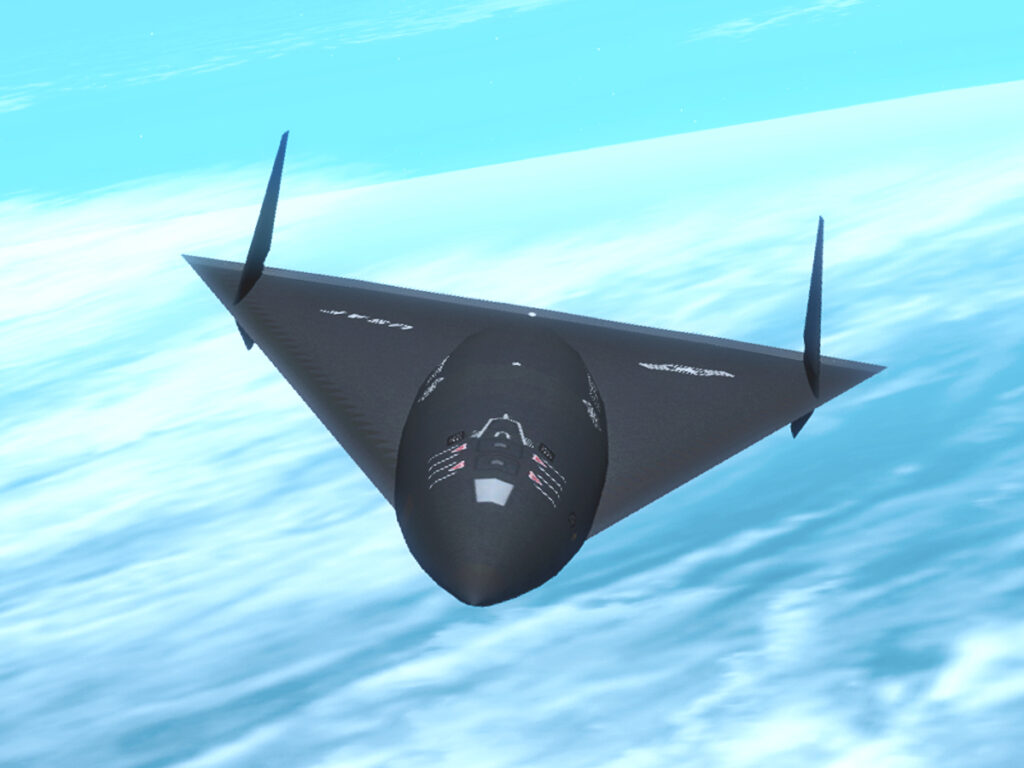
The SR-91 Aurora, one of the most enigmatic aircraft in the annals of military aviation, has captivated both aficionados and defense experts for several decades. Rumored to achieve Mach 5, or hypersonic velocities, it has been speculated as a potential follow-up to the SR-71 Blackbird; however, its existence is not recognized officially.

The roots of the Aurora myth date back to the 1980s, when the U.S. Air Force began looking for a replacement for the aging SR-71 Blackbird. Though revolutionary in its time, the Blackbird was ultimately too expensive to maintain, with an annual cost of allegedly between $200 to $300 million. In 1985, the term “Aurora” first appeared in a “black program” budget request, which set off speculation about a new, super-secret reconnaissance aircraft.
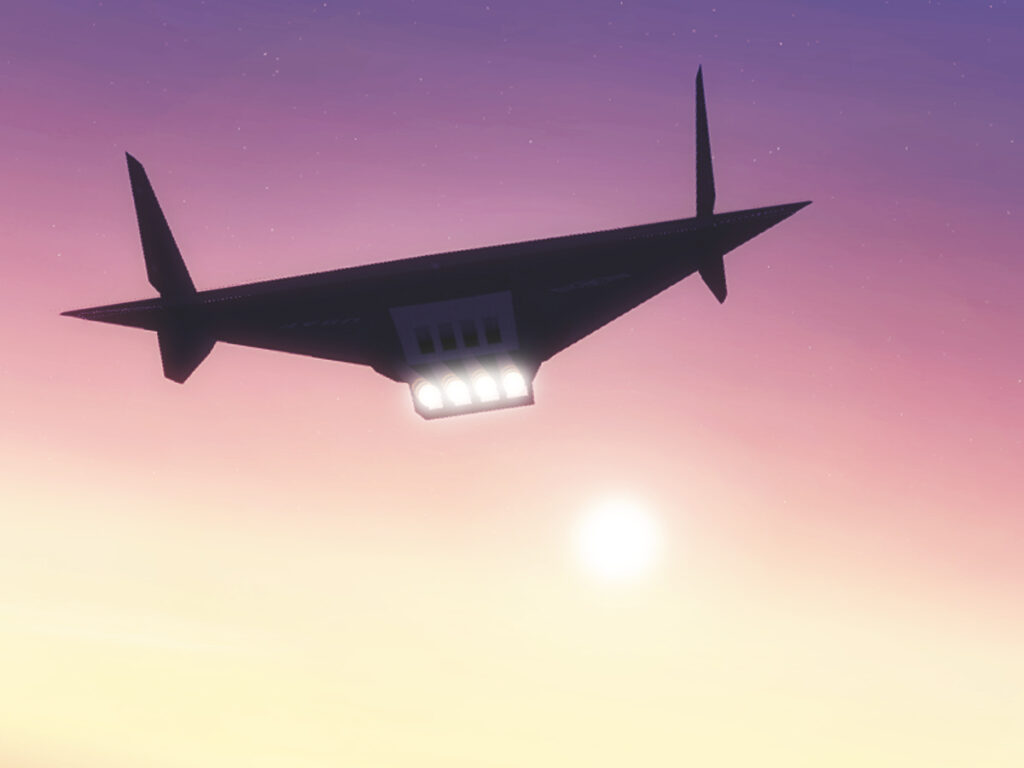
The existence of the Aurora is still best described as a theory, despite the intrigue. A May 2006 British Ministry of Defence report referred to U.S. Air Force plans for a Mach 4-6 supersonic vehicle, but no concrete evidence emerged. DefenseAviation.com referred to the Aurora as a “hypothesis,” citing the lack of concrete proof.
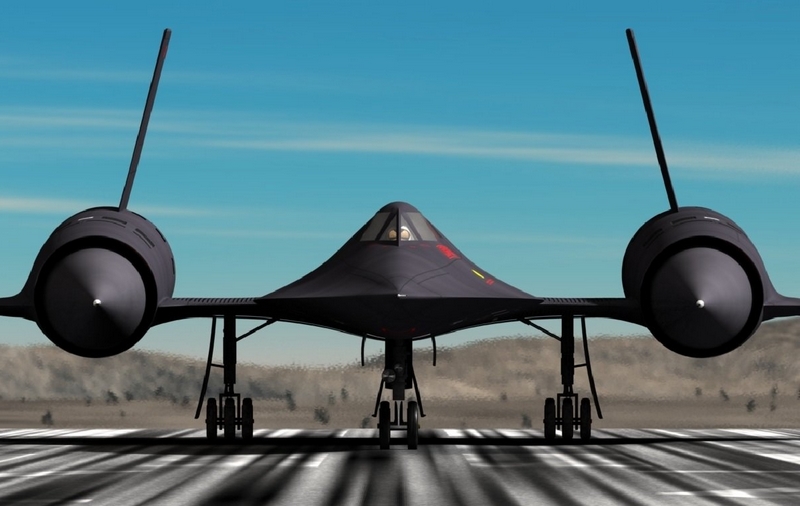
There have also been eyewitness reports. A 1989 sighting by engineer Chris Gibson of a triangular aircraft over the North Sea further fueled speculation that the Aurora was perhaps based there. However, this sighting occurred at a time when it could have been the B-2 Spirit stealth bomber or the F-117 Nighthawk, both of which have been in service for some time.
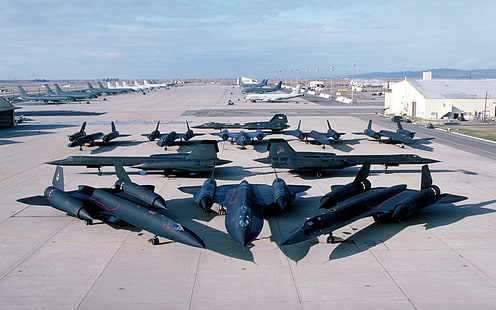
It was further fueled by the so-called “sky quakes” over Los Angeles in the early 1990s, loud booms hypothesized as the result of a hypersonic aircraft flying out of Groom Lake, known as Area 51. Yet, thin evidence kept the Aurora legend alive.
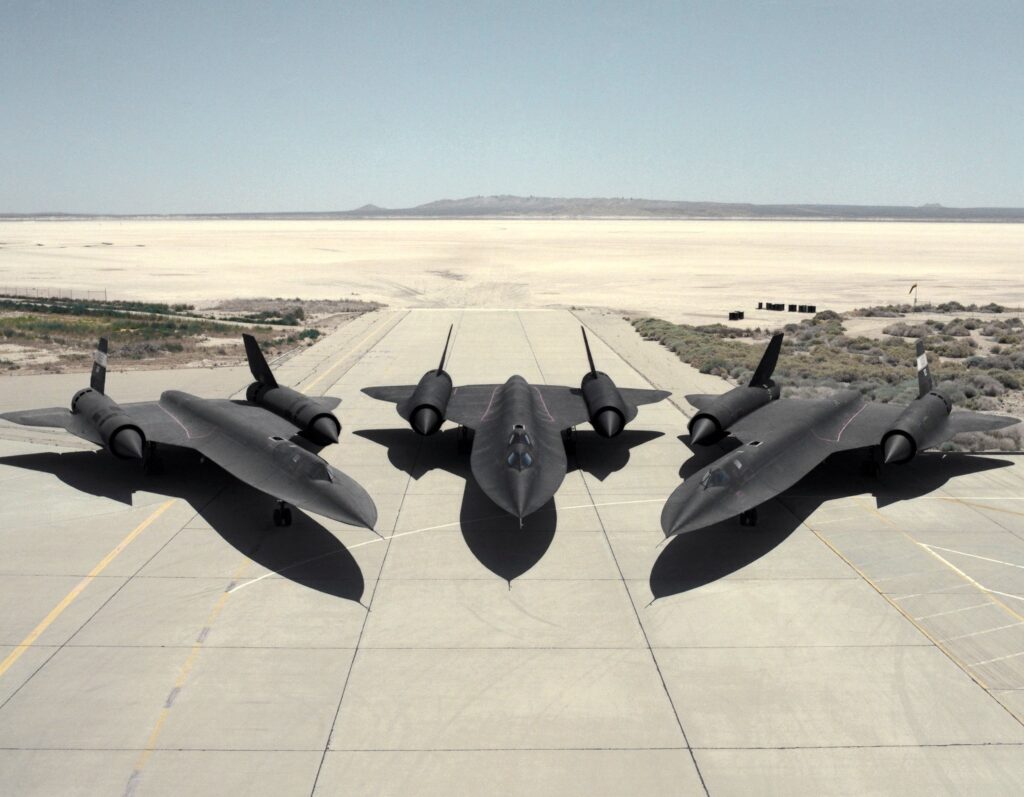
The Aurora was usually linked to the secretive projects at Lockheed Martin’s Skunk Works. Former Skunk Works director Ben Rich stated in his memoir that the term “Aurora” was simply a codename for funding the B-2.

Although the government never confirmed the Aurora program, some analysts still believe that it existed in some shape or form. According to some writers on aeronautics, Bill Sweetman, after years of investigation into budget anomalies and unexplained sonic booms, theorized that the program existed. He demonstrated a $9-billion “black hole” in the Air Force budget that could correspond to such a project as Aurora.

The SR-91 Aurora has been an extraordinary enigma throughout. Although spy satellites and drones would have made a hypersonic spy plane redundant, the legend has endured, a mark of the mystique of cutting-edge military technology and the secrets that it still may hold.

Related images you might be interested.



